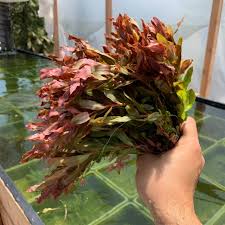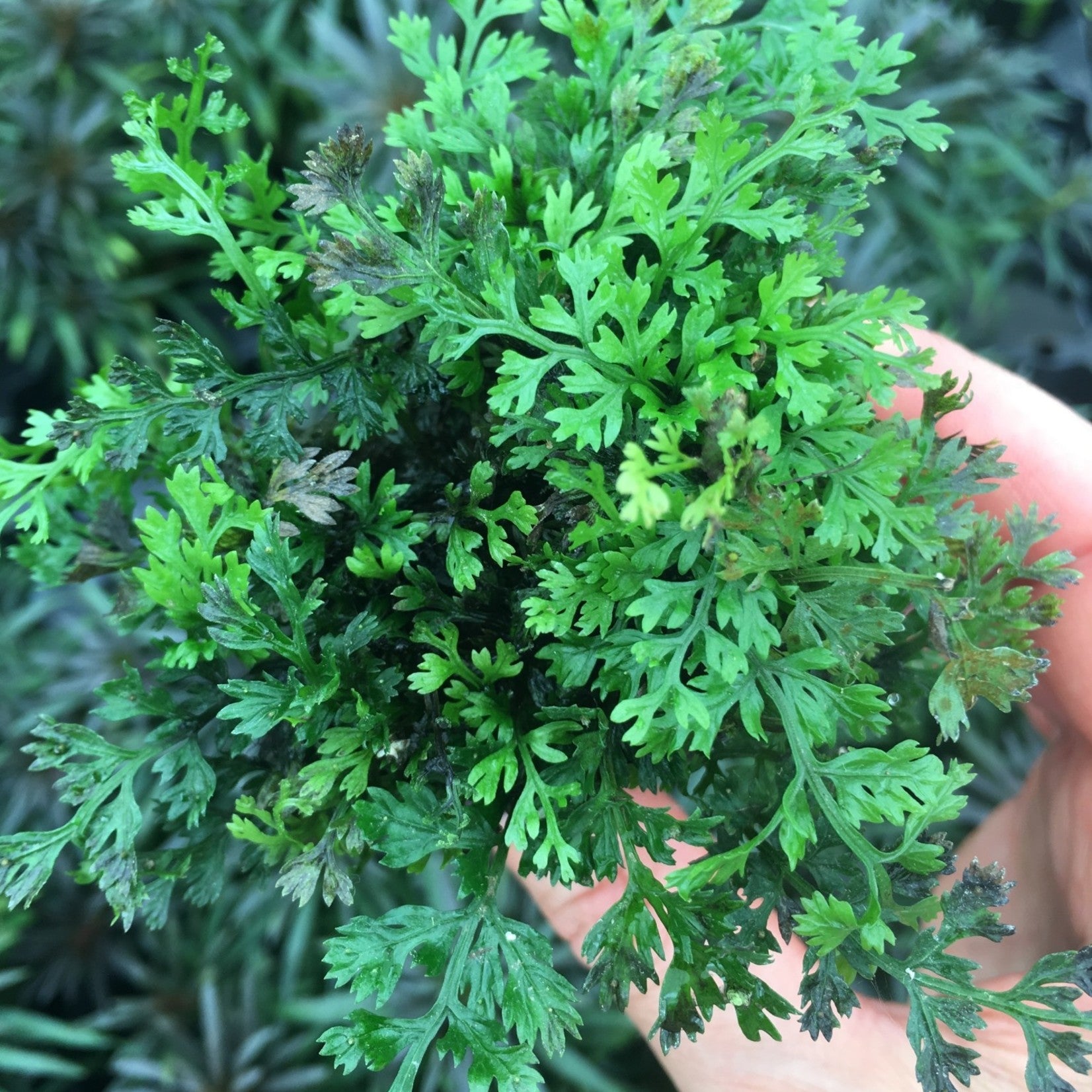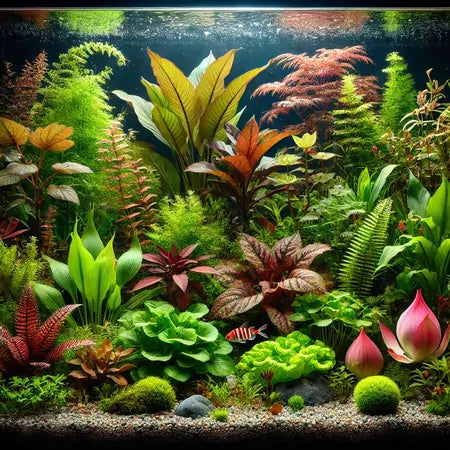Trending searches
$0

As an aquarium hobbyist, I am constantly in search of ways to create a healthy environment for my aquatic creatures. Water quality is paramount to the success of any aquarium, and it is a task that requires attention to detail and a sound understanding of aquatic ecosystems. In this story, I will explore the importance of water quality in aquariums and how live aquarium plants can help achieve it.
Water quality is determined by factors such as pH, ammonia levels, nitrite levels, and temperature. Achieving optimal water quality requires diligent monitoring and maintenance of these components. To this end, aquarium keepers often employ water testing kits to help measure and track these numbers. Additionally, regular water changes are necessary as they help remove waste from the tank while introducing fresh, clean water.
Live plants are also important to maintaining a healthy aquarium environment. Not only do they provide much-needed oxygen for the tank's inhabitants, but they also help remove excess fish waste and toxins from the water. Aquatic plant roots act as natural filters that absorb nitrates (a product of fish waste) from the water before it has a chance to
First and foremost, it is essential to understand why water quality matters in an aquarium. Poor water quality can lead to a plethora of problems, ranging from cloudy water to the buildup of toxins that can harm or kill fish. Maintaining stable water parameters, such as pH, temperature, and ammonia levels, is vital to creating a healthy environment for aquatic life.
Aquarium plants play a crucial role in maintaining water quality, and there are several reasons why this is the case. Here are some of the key benefits of live aquarium plants:
With all of these benefits in mind, it's clear that live aquarium plants are an essential component of any healthy aquarium ecosystem. But how can you incorporate them into your tank effectively? Here are some tips:
Overall, live aquarium plants are an essential tool for any aquarium hobbyist looking to create a healthy and vibrant underwater environment. With their ability to oxygenate the water, remove toxins, provide natural filtration, and create a natural habitat for fish, they are an invaluable asset to any aquatic ecosystem. Incorporating plants into your aquarium may require some additional effort, but the benefits are well worth it in the long run. So, whether you're a seasoned aquarist or a newcomer to the hobby, be sure to consider the importance of water quality and the role that live aquarium plants can play in achieving it. With the right combination of species, light, and nutrients, you can create a thriving underwater oasis for your fish to enjoy. Good luck!



Check out our shop for a variety of fresh, farm-grown plants! Find the perfect options to enhance your aquarium today.
!